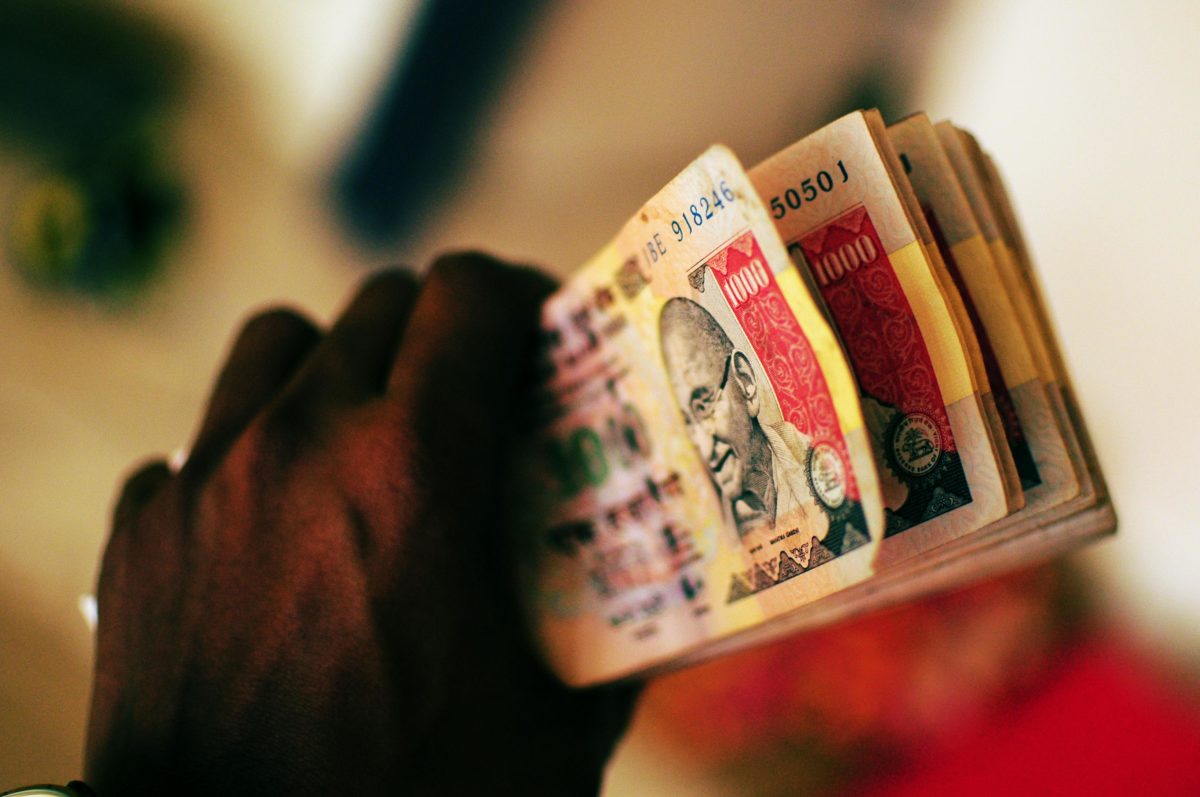The introduction of goods and services tax (GST) in India on July 1, 2017 has led to an increase in the cost of PV power generation of 5.8%, according to a study by two thinktanks.
“The uncertainty surrounding the GST rates for various solar PV contracting structures, and the imposition of safeguard duty may constrain India’s progress toward its ambitious target of 100 GW of installed solar capacity, through delayed investments,” said Abhinav Soman, program associate for the Council on Energy, Environment and Water (CEEW) and lead author of the study.
Before GST was rolled out nationwide, the solar sector enjoyed concessions from excise and customs duties as well as value added tax. The previous higher tax rate – a service tax at 15% – was applied to only around 10% of total project costs and modules were exempt from taxes. In effect, the net tax for solar projects in the pre-GST regime was less than 5%.
The arrival of GST led to uncertainty about the rates that would be applied to solar. Although panels and related equipment attracted GST at a concessional rate of only 5%, tax body the Authority of Advance Ruling stipulated PV developers who employed contractors to supply panels and set up their projects were receiving a ‘service’, and hence should pay the 18% GST service rate.
Unfair burden
In December, the GST Council issued a clarification that toed the line of an earlier Supreme Court ruling that solar power plants should be considered immovable property and attract 18% tax under ‘works contract’ arrangements.
Neil McCulloch, an associate at Canadian policy thinktank the International Institute for Sustainable Development, and co-author of the CEEW study, said: “The GST Council recently clarified that 70% of the solar PV contract value will attract 5% GST, while the remaining 30% will be treated as ‘supply of services’ and attract 18% GST. But services constitute a much smaller share of the contract value than 30% for most of India’s recent projects. A higher tax burden is unfairly imposed on such projects.”
According to the CEEW report, two other tax-related developments have also had impacts on solar development costs. In July, India applied a two-year safeguarding duty on solar PV cells and modules from China and Malaysia, at a rate of 25% for the first year; 20% for six months; and 15% for the final six months.
GST has also required an adjustment to the payments solar power developers receive from distribution companies, added the CEEW. A recent Central Electricity Regulatory Commission order required discoms to pay a one-off compensation fee to developers whose project costs were likely to change because contracts were awarded before GST was implemented. Ratings agency ICRA estimates that will cost around Rs2,000 crore. The impact for developers will depend on the timely release of payments by cash-strapped discoms.
CEEW analysts have crunched the numbers and say the imposition of GST and safeguarding duty, and the wait for distribution companies to reimburse developers, all add up to a rise in costs of 5.8% to generate solar power.
Months before GST was introduced, CEEW predicted the solar sector could see tariffs rise almost 10%, increasing the capital costs of solar projects Rs4.5 million per megawatt of capacity and setting back the sector’s cost competitiveness around 18 months.
This content is protected by copyright and may not be reused. If you want to cooperate with us and would like to reuse some of our content, please contact: editors@pv-magazine.com.








By submitting this form you agree to pv magazine using your data for the purposes of publishing your comment.
Your personal data will only be disclosed or otherwise transmitted to third parties for the purposes of spam filtering or if this is necessary for technical maintenance of the website. Any other transfer to third parties will not take place unless this is justified on the basis of applicable data protection regulations or if pv magazine is legally obliged to do so.
You may revoke this consent at any time with effect for the future, in which case your personal data will be deleted immediately. Otherwise, your data will be deleted if pv magazine has processed your request or the purpose of data storage is fulfilled.
Further information on data privacy can be found in our Data Protection Policy.